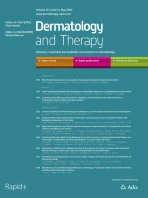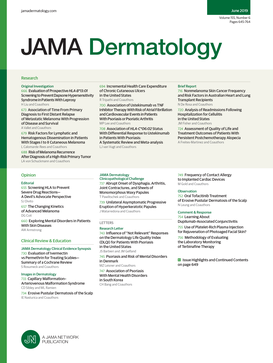Purpose: To analyse factors affecting the ability to use the digital asthma monitoring application Mask-Air® in old-age individuals living in inland Portugal.
Patients and Methods: In this observational study, patients with medically confirmed asthma who agreed to participate were interviewed and subdivided into Non-users Group: those who could not use the application and Users Group: those who could. Sociodemographic and psychological data, comorbidities, and asthma status were compared between groups. Assessment of reasons for refusal was based on a 6-item questionnaire.
Results: Among the 72 sequentially recruited patients (mean age±SD 73.26± 5.43 yrs; 61 women; 11 men), 44 (61.1%; mean age±SD 74.64± 5.68 yrs; 38 women; 6 men)) were included in Non-users Group and 28 (38.9%; mean age±SD 71.11± 4.26 yrs; 23 women; 5 men) in Users Group. Non-users Group patients were significantly older, had lower socioeconomic level, and more frequently had severe asthma (25% vs 3.6%; Odds ratio=0.08 (95% CI=0.01– 0.81; p=0.033)) and diabetes (32.6% vs 7.4%; Odds ratio=0.17 (95% CI=0.03– 0.80; p=0.025)) than Users Group.









